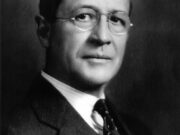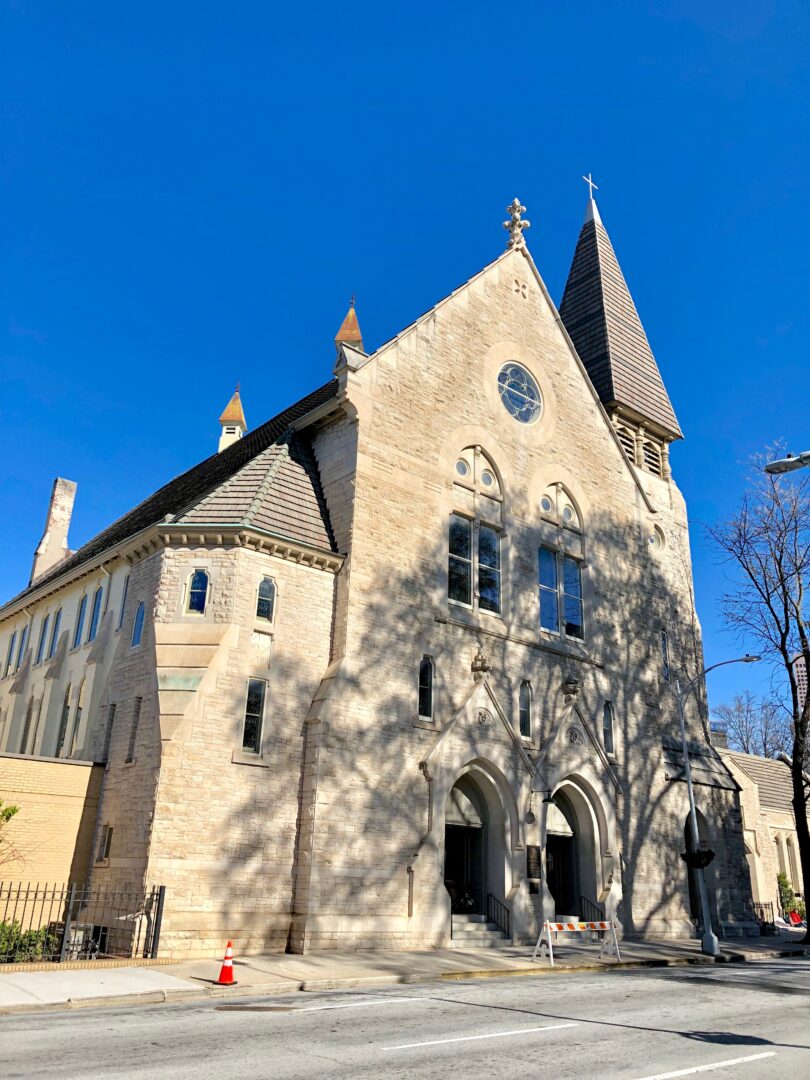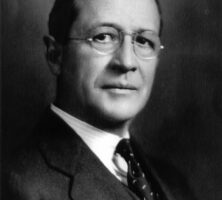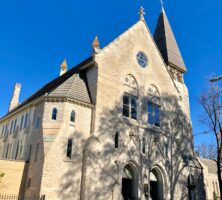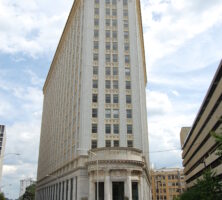Founded in 1940, the Atlanta-based J. Bulow Campbell Foundation is the second-largest foundation in Georgia. It ranks seventh among the top 50 U.S. foundations awarding grants in the state and ranks at number 74 among the top 100 national independent foundations, based on total assets in 2003.
Background
John Bulow Campbell was born in Atlanta on December 15, 1870. As a young child he applied himself, working in an Atlanta jewelry store in the early hours before school. While a student at Ivy Street Public School he sold his classmates paper, pencils, and supplies to supplement his family’s income. In 1886 he enrolled in Georgia Military College in Milledgeville; he graduated as class valedictorian.
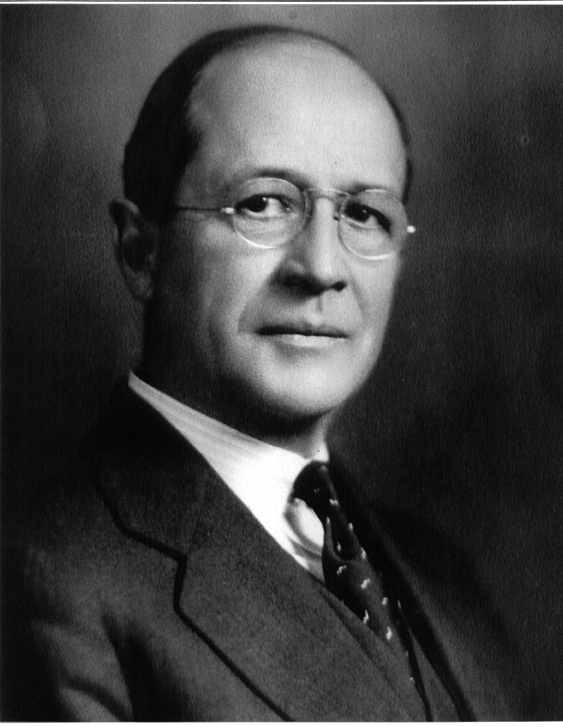
Courtesy of the J. Bulow Campbell Foundation
After graduation Campbell returned to Atlanta to work for the R. O. Coal Company, which was operated by his brother. In 1904 he married Laura Graflin Berry, a sister of Martha Berry. Together they had one daughter, Virginia Orme Campbell (later Mrs. Richard W. Courts Jr.). In 1912 Campbell was made president of the company, and from 1929 until his death in 1940 he was chair of the board of directors. During his tenure the company’s name was changed to the Campbell Coal Company.
Campbell accumulated considerable wealth over his lifetime as the result of both wise long-term investments and the careful management of his business. Appreciated for his modesty and valued for his integrity, financial acumen, and industry, he was invited to serve as a director on the boards of the Coca-Cola Company, the Trust Company of Georgia, the predecessor of SunTrust Banks (now Truist), and the First National Bank of Atlanta.
Campbell, who came of age in a Deep South drained by war and poverty, saw educational attainment and ethical leadership as key to the South’s future. An avid book reader, he attributed a special responsibility to church-related endeavors in which spiritual values, character development, and educational achievement could flower. During his lifetime he volunteered as a trustee, advisor, and donor to the Berry Schools, Agnes Scott College, Rabun Gap–Nacoochee School , and others. He helped bring a Presbyterian seminary to Atlanta from South Carolina and later ensured that the Columbia Theological Seminary would have a permanent home in Decatur. His gifts typically were anonymous, a custom that began early in his business career when he quietly provided coal to those lacking the means to pay for it.
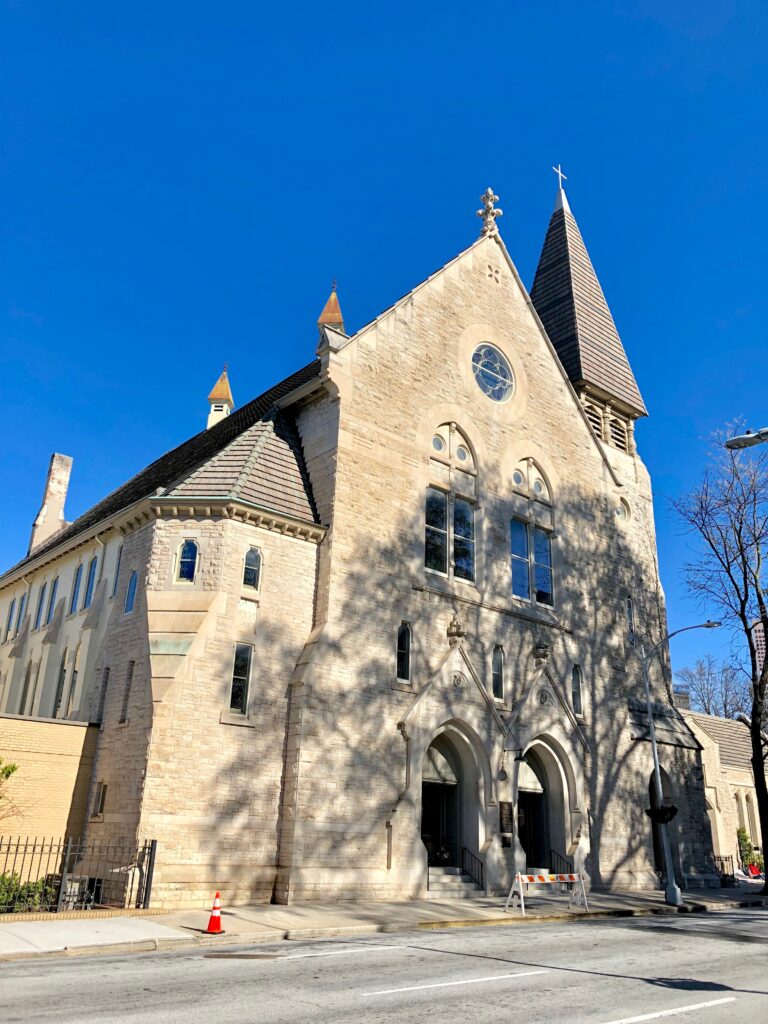
Image from Warren LeMay
Campbell’s philanthropy flowed from the conviction that humility, charity, and service were the necessary elements of an authentic Christian life. His active involvement in the Presbyterian Church began as a student in Milledgeville, where he joined a local congregation. After he returned to Atlanta he transferred his membership to Central Presbyterian Church, where his mother had been a member since 1866. His association with Central was lifelong, and he became a lay leader, a Sunday school teacher, and a devoted supporter of Central’s activities.
Campbell’s Legacy
Campbell died in 1940, leaving the bulk of his estate for the establishment of a trust foundation, today known as the J. Bulow Campbell Foundation. The foundation follows Campbell’s tradition of anonymous giving. His daughter, Virginia Campbell Courts (1906-95), was especially important in the development and operation of the foundation during her lifetime. Reflecting her father’s values, she placed stewardship, fiscal responsibility, planning, and spiritual values at the center of the foundation’s work.
The Campbell Foundation operates according to Campbell’s philanthropic goals, his personal beliefs, and the terms laid out in his will. These include privately supported education, youth development, the arts, and Christian agencies of the Presbyterian Church (but not congregations)that are active in the foundation’s giving areas. The foundation gives priority to capital funding, endowments, land acquisition, matching/challenge support, and building and renovation. Giving is primarily in Georgia, though the foundation does give on a limited basis in Alabama, Florida, North Carolina, South Carolina, and Tennessee.
When it was created, the Campbell Foundation possessed assets of about $6 million; in 2005 its assets were approximately $600 million. Between 1940 and 2005 the foundation disbursed about $385 million.


